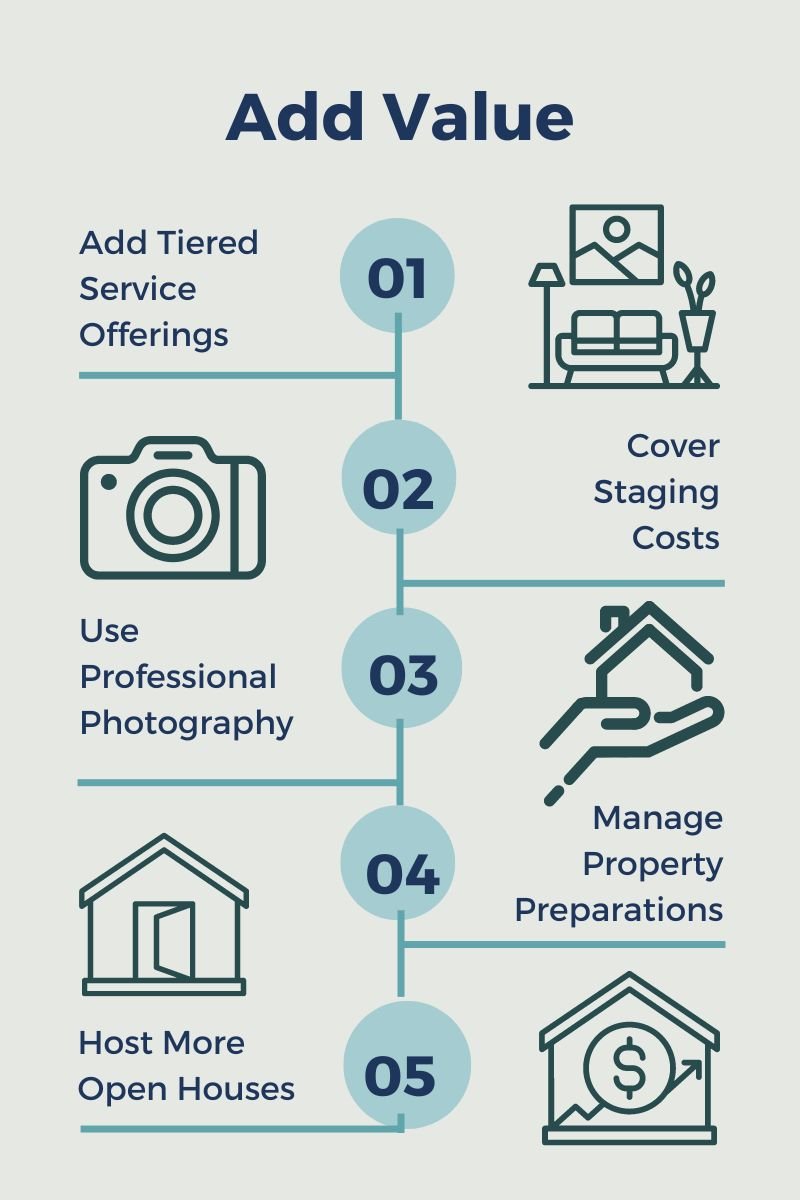The real estate world has been abuzz with discussion and debate about the recent NAR settlement and its implications in the day-to-day business of real estate professionals. Some say that everything as we know it will change. Others believe that nothing has changed at all. There is bit of panic and a lot of inaccurate information floating around. What is a REALTOR® to do?
Let’s look at the actual legal settlement agreement
The National Association of REALTORS® has come to an agreement that would end litigation of claims against NAR, its members, all REALTOR® associations, their Multiple Listing Services and all brokerages headed by a NAR member with less than $2 Billion in transaction volume, by sellers who believe they have been unfairly burdened with paying inflated broker commissions. While court approval is not expected until July 2024, the settlement agreement states that NAR continues to deny any wrongdoing in connection with the MLS Model Rule but agrees to pay out compensation of approximately $418 million. The MLS Model Rule, also known as the Cooperative Compensation Model Rule, was adopted by NAR during the 1990s to address discrepancies in representation between home buyers and sellers. In order to offer representation and buyer protection for home buyers, home sellers’ agents agreed to split their commissions with buyers’ agents, effectively making representation for both parties, the financial responsibility of the sellers. The agreed upon commission split was then posted on the property listing in the MLS for transparency between agents. The terms of the new settlement agreement will prevent advertising of commission on the MLS.
So, what does that actually change?
Well, not a lot. Although some are promising a huge drop in the cost of homes and an end to inflated agent commissions, the truth is real estate commissions have always been negotiable. Sellers have never been obligated to pay a specific percentage to agents on either side of the table and buyers’ agents have always been advised to have their clients sign a buyer’s agreement – a contract that states the exact terms under which the agent will be compensated, how much and by whom. So, going forward, the biggest change only seems to be in the perception of the general public.
In all of the uproar, the loudest voices are celebrating a drop in homebuying costs and a win for the American consumer. Well, yes, in theory the final cost of a home has covered both of the real estate agents’ commissions. That cost was often included in the buyer’s new mortgage terms. Under this new settlement agreement, banks are not required to change their policies, so in order to pay for representation, buyers may have to come to the closing table with more cash to pay for their agent’s services, nullifying the seller’s lower price. This added burden may cause financially strapped buyers to represent themselves, putting them at greater legal and financial risk and, indeed, sending them back to the pre–MLS Model Rule days. We have come full circle – ugh!
Where do we go from here?
The settlement agreement has yet to be approved by the court, but if it is, where do we go from here? Well, perception is everything. It is probably safe to say that in this new environment of perceived transparency, it behooves the savvy real estate agent to focus on the public’s perceptions when packaging their services. What do you have to offer that sets you apart from your competition and adds value for your clients?
Buyers’ agents may need to get a bit creative in structuring their services including taking a close look at how they can offer the most benefit while possibly taking home a smaller cut of the proceeds, or even charging an hourly or flat fee for service. The results may be a more intense negotiation period when first meeting new clients, during which a more detailed discussion of expectations on both sides would be mutually beneficial. In reality, the job of the buyers’ agent may become more complicated. The good news for buyer’s agents is that many buyers are also sellers or will be in the future and then your return on investment in your clients will pay off more significantly.
The value of the role of the listing agent is a bit easier to quantify. Adding perceived value that can be easily appreciated such as managing property preparations, covering staging costs, professional photography, utilizing cutting edge marketing strategies and hosting more open houses, all help to demonstrate your value, showcase your expertise and ultimately validate your price tag. Many listing agents are also considering tiered service offerings, earning a higher commission for performing more services.
What Can Staging Do?
At Staged By Design, perceived value is where we excel. Our expertise is in increasing the perceived value of a property by highlighting its architectural features, emphasizing its design and demonstrating its functionality. We showcase the lifestyle possibilities in each property and help buyers feel secure in their decision to purchase a home. We offer a partnership with our REALTOR® clients that enables them to reach and even exceed their financial goals for each transaction.
Is the real estate industry destined to be reimagined going forward? Possibly - the whole world continuously evolves, but not immediately. In the meantime, this is a great opportunity to dig deep and reflect on how you can up your perceived value and be of greater service to all of your real estate clients.
We’re always here to help you - Let us Shine a Spotlight on Your Listings
The Team @ Staged by Design®
Our contributor, Laura Montione, holds a Real Estate Salesperson License in the Commonwealth of Virginia and is a past member of The National Association of REALTORS®.




